When I learned the rules of photography, I was trained in a traditional dark room. I learned to develop film and prints by hand in a step-by-step process. Through this process, I came to understand black and white, manual photography as all that was necessary to creating beautiful compositions. To me, the light and contrast was all possible through a traditional black and white image. Since color film was not available until the 1930s, it is a fairly modern addition to photography.
That being said, color photography has definitely taken the forefront in popularity, especially since the evolution of digital methods. Digital cameras, as well as some other things, have made photography available to a much wider audience of professionals and amateurs alike. It has made cameras much less expensive with a wide range of quality. Because of this accessibility, many people do not consider taking black and white photographs on a regular basis. Many point and shoot digital cameras do not have monochrome as an option; the photos have to be changed on the computer later.
A year ago, when I purchased my first digital SLR Nikon camera, I was still in the mindset of taking traditional black and white photographs. This was possible with the manual settings on the camera and I automatically began taking my shots this way. After a few months, when I realized that I did not need to worry about the price of film, I started taking hundreds more shots than I had previously. This gave me the chance to play with color options.
After shooting a lot of different subject matters, I have some opinions about what seems to work in color and when black and white seems more appropriate. Black and white does offer the most options for contrast and using filters for a more dramatic effect. There is no universal rule for this and each photographer is going to have a different approach. There are also many more kinds of photograph subjects that I will not mention; these are just from my own experience.
1. Landscapes – This is completely contingent on the time of year, location and time of day. I tend to shoot landscapes in black and white because it brings the forms and shapes into focus and also brings a sense of an untold story that can be interpreted by the viewer.
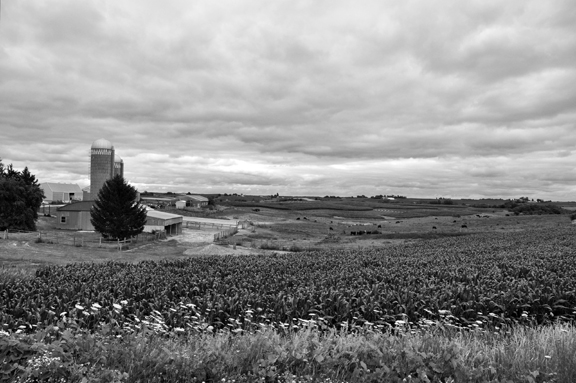
©Elizabeth Anderson, 2009 www.design-flip.com
2. Night – Color can be a wonderful option here because the black background can really enhance the other colors in the image.
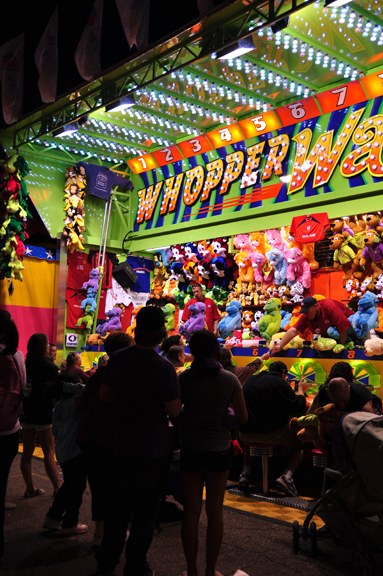
©Elizabeth Anderson, 2009 www.design-flip.com
3. People – Photographs of people can be beautiful both in color and monochrome. I take into consideration the mood and if there are colors in the shot that would be wonderful to bring into focus. It also makes a difference to me if there are many people or one person in the shot. Sometimes for a large group, black and white makes sense because it makes organization out of the chaos.
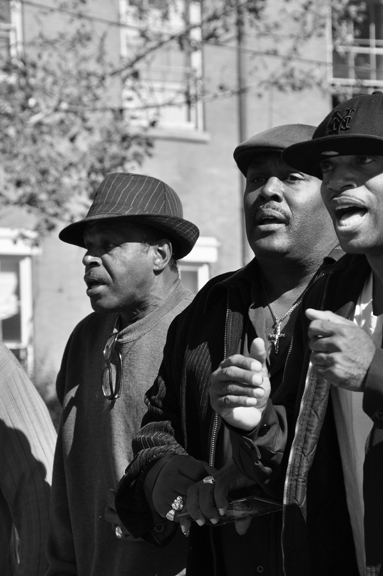
©Elizabeth Anderson, 2009 www.design-flip.com

©Elizabeth Anderson, 2010 www.design-flip.com
4. Weddings – For most everything in a wedding, I think black and white photograph is perfect. It gives a real sense of a classic moment and a photojournalistic approach. It also provides romance and drama to most shots. Color photographs do seem best though for flowers and other details that are best remembered in color.
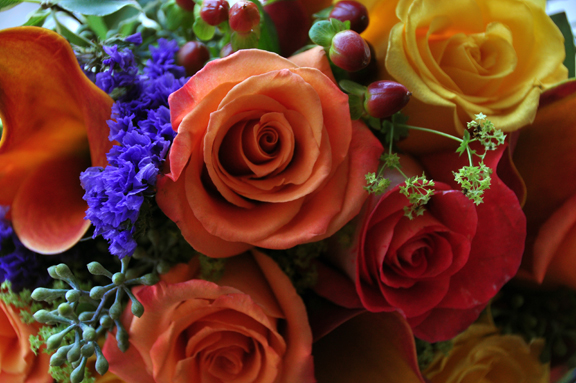
©Elizabeth Anderson, 2009 www.design-flip.com
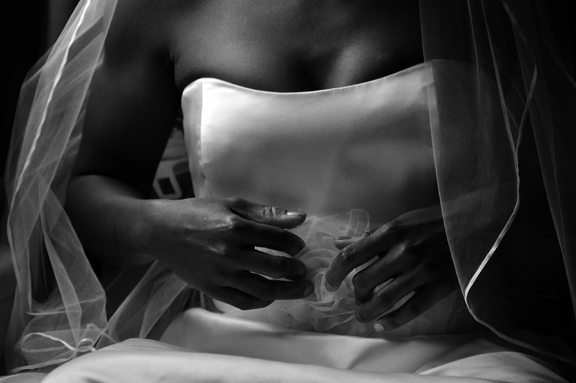
©Elizabeth Anderson, 2009 www.design-flip.com
5. Babies – This is usually the same story as weddings. To capture a classic moment with your child that does not look dated in several years, black and white gives the best effect. Again, certain details are best captured in color, especially if you want to give a sense of the gender of the baby.
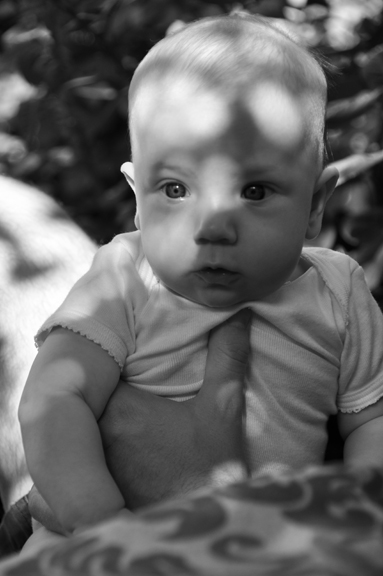
©Elizabeth Anderson, 2009 www.design-flip.com
6. Still Lives – This can be achieved in color and black and white. Monochrome can achieve the sense of timelessness, but color can add life to a still subject matter.
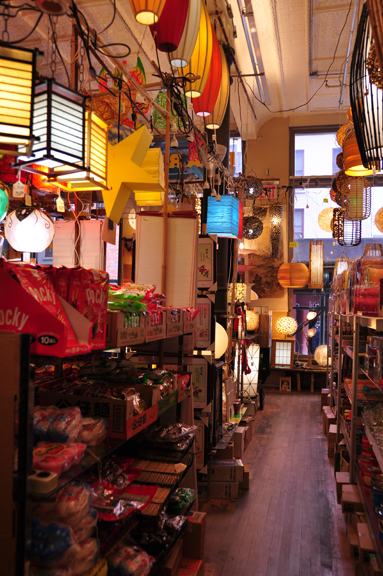
©Elizabeth Anderson, 2009 www.design-flip.com

©Elizabeth Anderson, 2009 www.design-flip.com
7. Buildings – I still have the opinion that buildings are best shown in black and white. It helps show the structure and the details of its proportions and relation to other buildings. I will say it depends on the location. Skyscrapers in New York City might be best in black and white but the homes on the coast of Italy are definitely best captured in vivid color.

©Elizabeth Anderson, 2009 www.design-flip.com
Becoming more experienced with taking photographs really involves exposing yourself as much as possible; taking more shots than you may think is necessary and experimenting. As you can see, there is no universal rule for which type of photograph works best. Both color and black and white have their benefits and their possibilities. In either case, I am a fan of taking the shot in my camera rather than adjusting it on the computer later. This means a deeper understanding of the composition and subject matter while you are in the moment rather than relying on the computer to make the nice shot for you.


